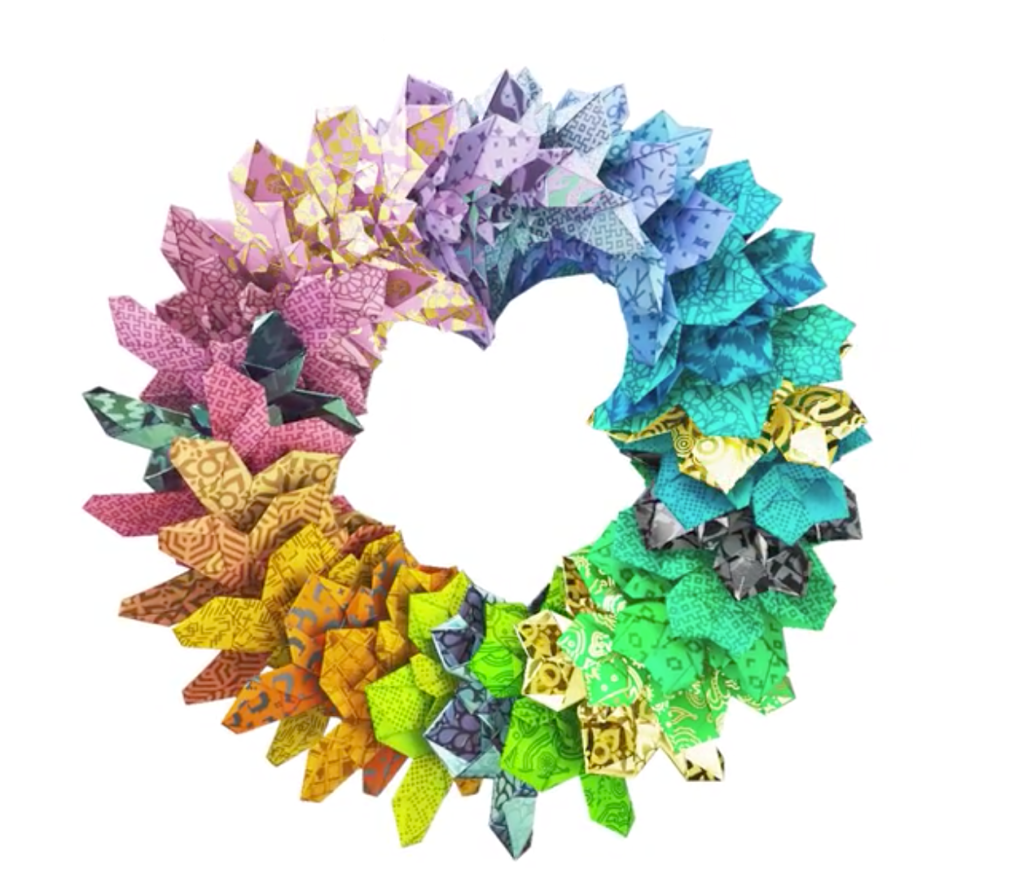By Shanti Escalante-De Mattei
There hasn’t been much excitement in the NFT world post–crypto crash this past June. But yesterday, an unexpected win took place at Pace Gallery’s Web3 arm, Pace Verso, which sold out all 990 available NFTs from a Random International collection.
Those NFTs had been done in collaboration with Danil Krivoruchko, and they were part of a collection called “Life in Our Minds.” They were all gone in less than 24 hours. Sold at .25 ETH each, the collection’s primary sale raked in a respectable but not jaw-dropping total of around $380,000.
blogherads
.defineSlot( ‘medrec’, ‘gpt-dsk-tab-mid-article1-uid0’ )
.setTargeting( ‘pos’, [“mid-article1″,”mid”,”mid-article”,”mid-articleX”] )
.setSubAdUnitPath(“ros/mid-article”)
.addSize([[2,2],[300,250],[300,251]])
;
});
Random International is the creative studio best known for the Rain Room, which debuted at New York’s Museum of Modern Art in 2013. Founders Hannes Koch and Florian Ortkrass have long been experimenting with swarming behavior in birds and people, and thought to bring their ideas about the behavior to NFTs. With the help of Krivoruchko, a digital artist, they conceived of the NFT project as a social sculpture.
“We’ve worked with flocking, swarming, collective behavior and its implications for 15 years now,” said Koch in an interview with ARTnews. “With NFTs, we saw a really amazing opportunity to further experiment.”
The resulting NFTs are called Boids (think “birds,” but said in a Tweety bird accent). Collectors of them will find that the longer they hold onto their NFTs, the more attributes the NFTs will display, making them rare and more valuable. Traits will also vary depending on what other NFTs the collector has in their wallet.
At the same time, “Mother Flock,” available for the public to view on OG.art, will continuously display all of the 990 Boids in a constantly evolving, 3D, virtual sculpture that represents in real time the market for the collection after the release on November 1.
“It is a sculpture that reflects emerging behavior,” said Koch.
Given the market conditions, Koch was even looking forward to seeing how the “Mother Flock” sculpture would look in these depressed times.
“We developed all these scenarios of how the public sculpture would look if only half of the collection sold or something. For us, that was a graphically interesting case,” said Koch.
“What you describe as a difficult market—I don’t think it’s very difficult,” he continued, not denying that there was a crypto winter but saying that the difficult market was itself full of potential in this particular work. “I think [the market] a fantastic material to create social sculpture with.”
For Koch and his team, NFTs represented a way to explore the artistic possibilities of collective behavior without the restrictions of producing a massive, technologically complex institutional show.
“It’s a really daunting process to build, say, a Rain Room program or train a bunch of balloons to fly according to an AI algorithm. It takes a lot of resources,” said Koch. “Whereas in this digital space, you you’re more free to experiment, and you can share your work with a different, maybe larger audience.”
While Koch considers Random International’s work to be digitally native, he found it amusing to come into the NFT space and find that he represented the old guard.
“In the art world, we were always the slightly odd ones, crawling out of this art-and-technology corner into mainstream contemporary art. We were quite happy to be the avant-garde,” said Koch. “But now we come into the NFT space, and we’re considered these super traditional artists!”
The World's Premier Art Magazine since 1913. Subscribe today and save up to 29%!
Sign Up for our Newsletters
Get our latest stories in the feed of your favorite networks
We want to hear from you! Send us a tip using our anonymous form.
Subscribe to our newsletters below
ARTnews is a part of Penske Media Corporation. © 2022 Art Media, LLC. All Rights Reserved.


